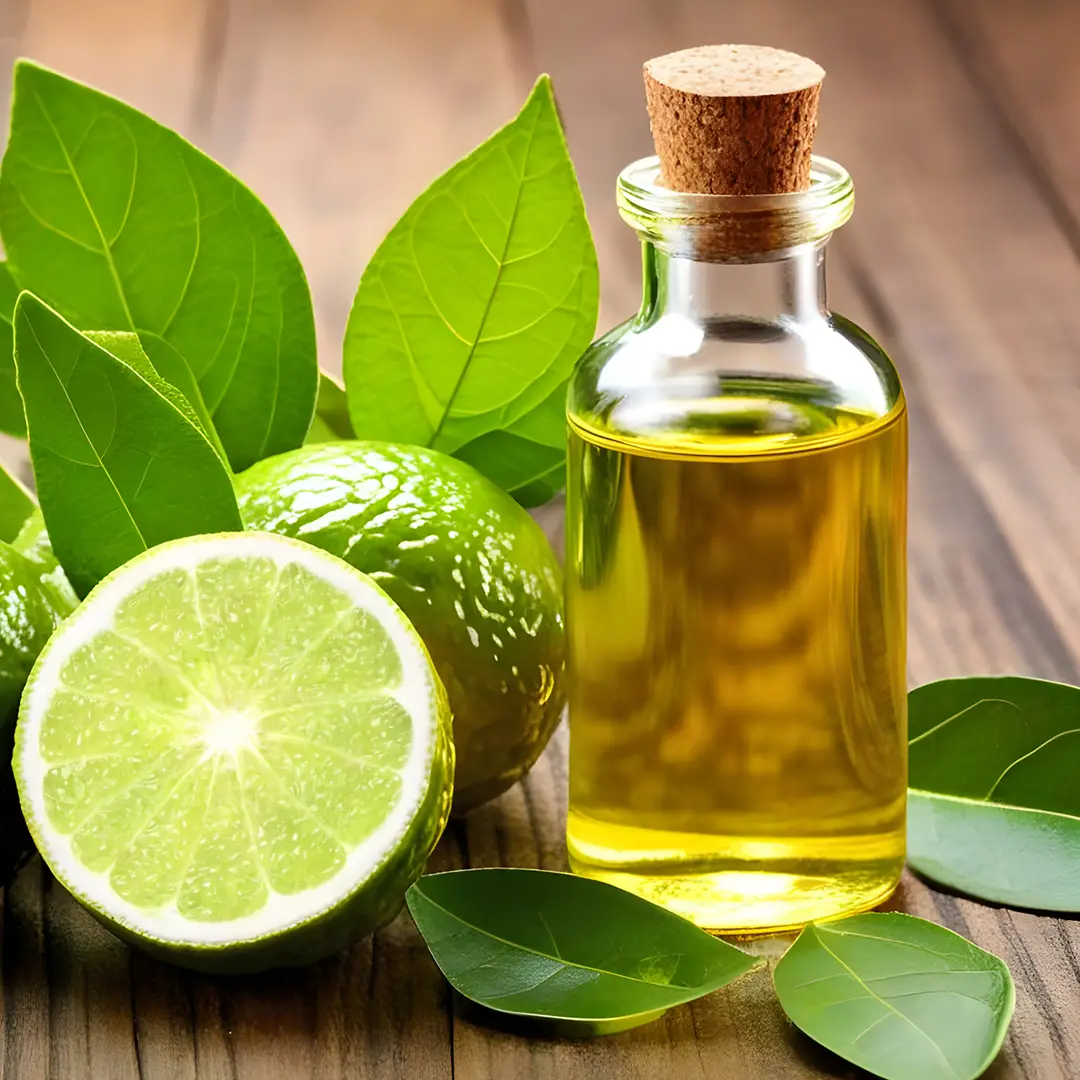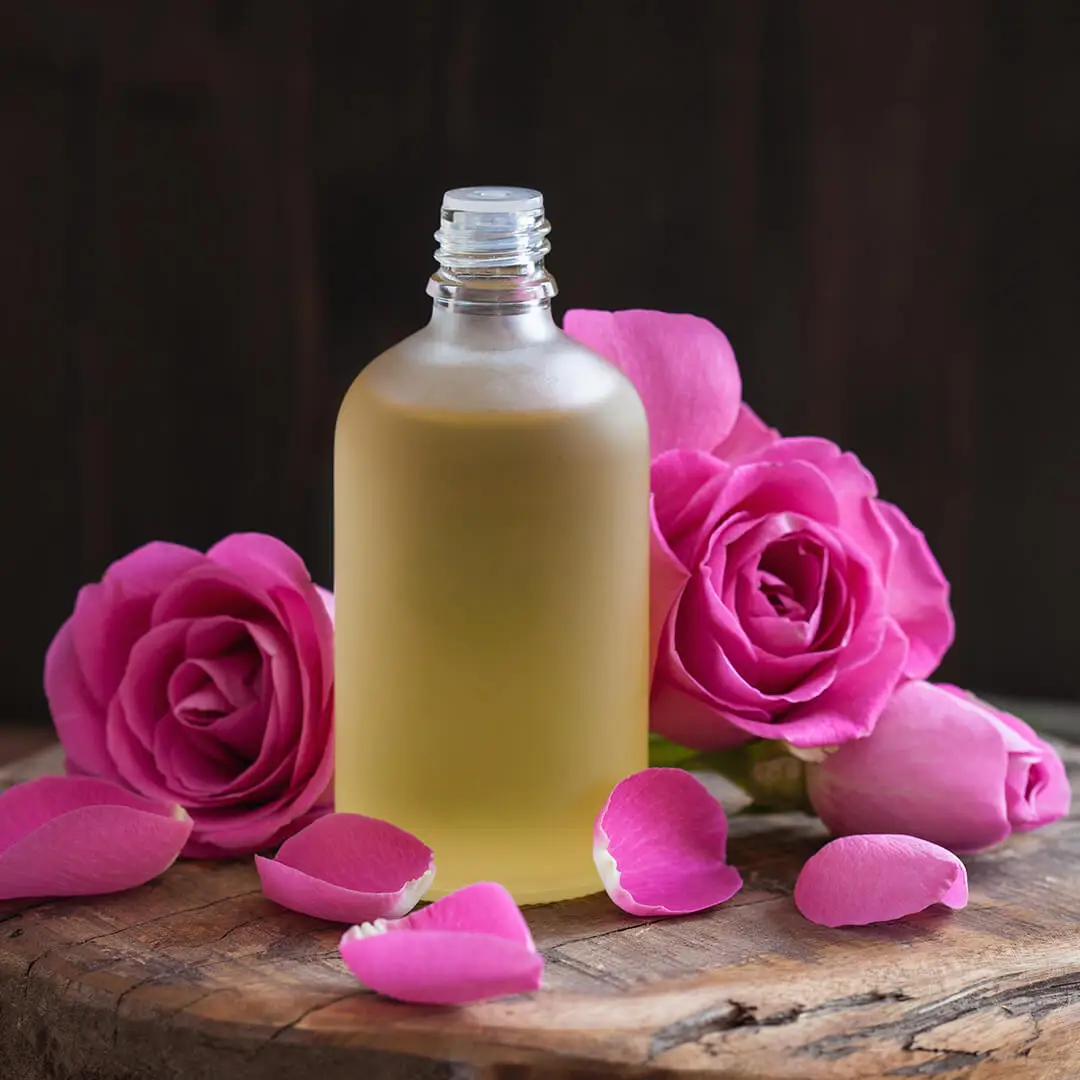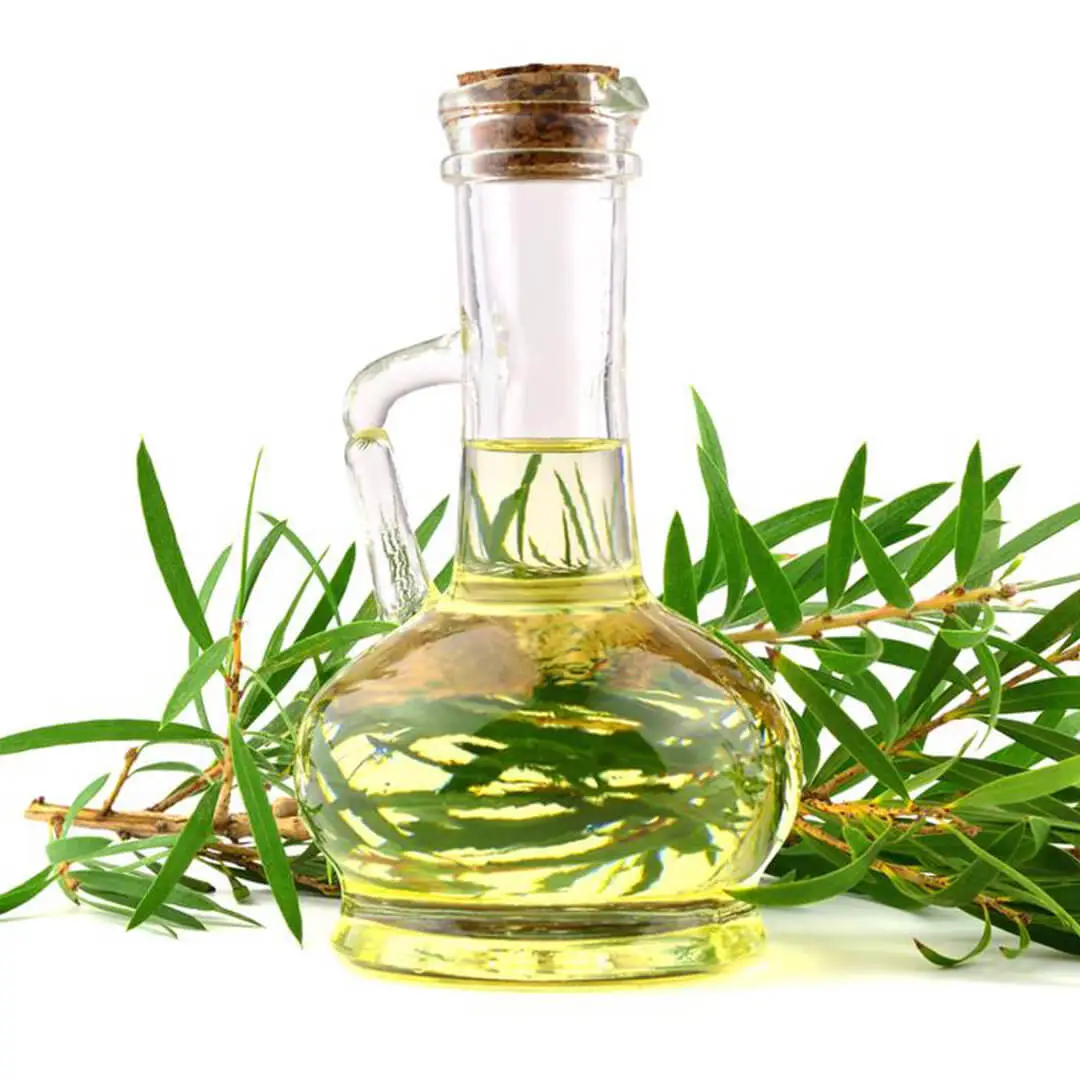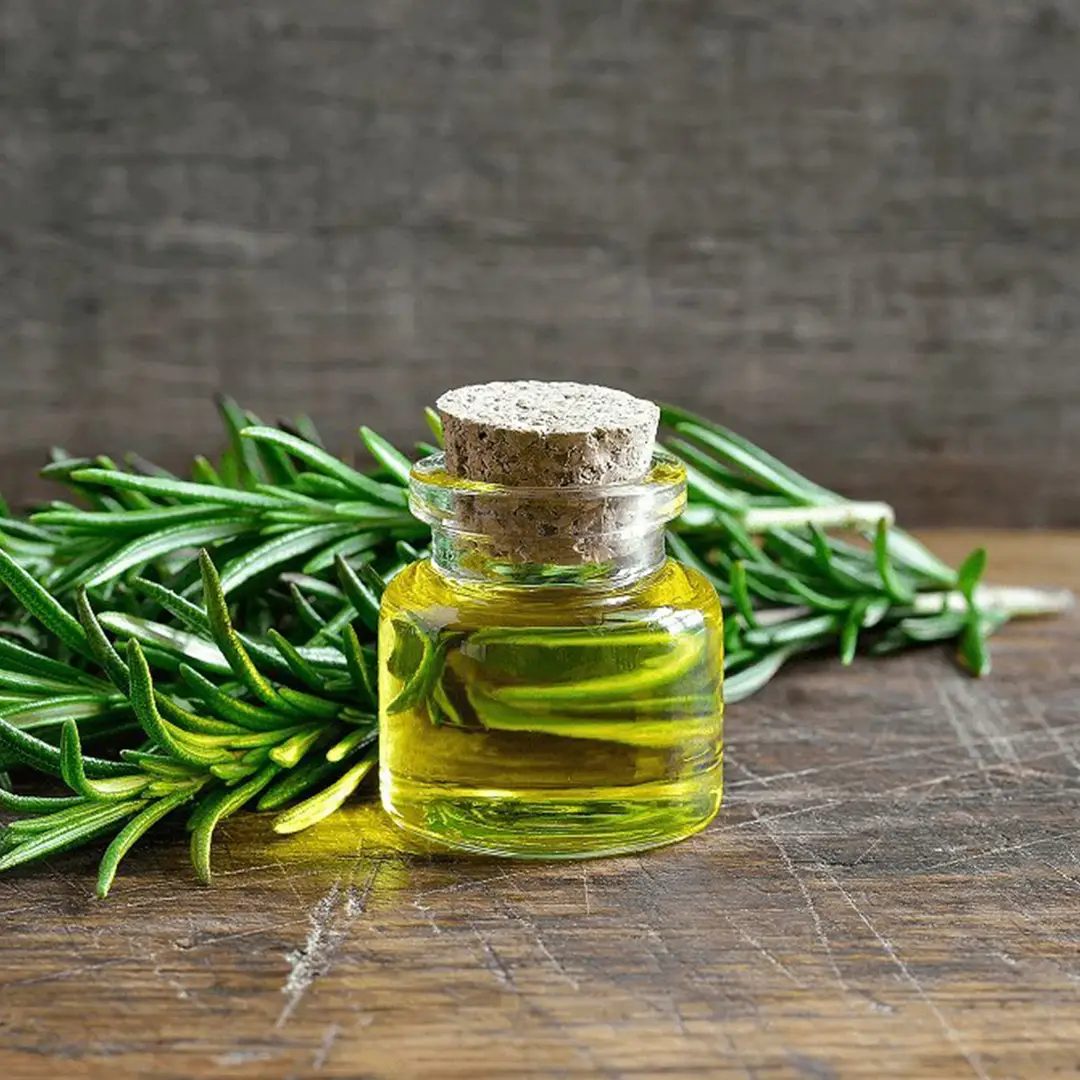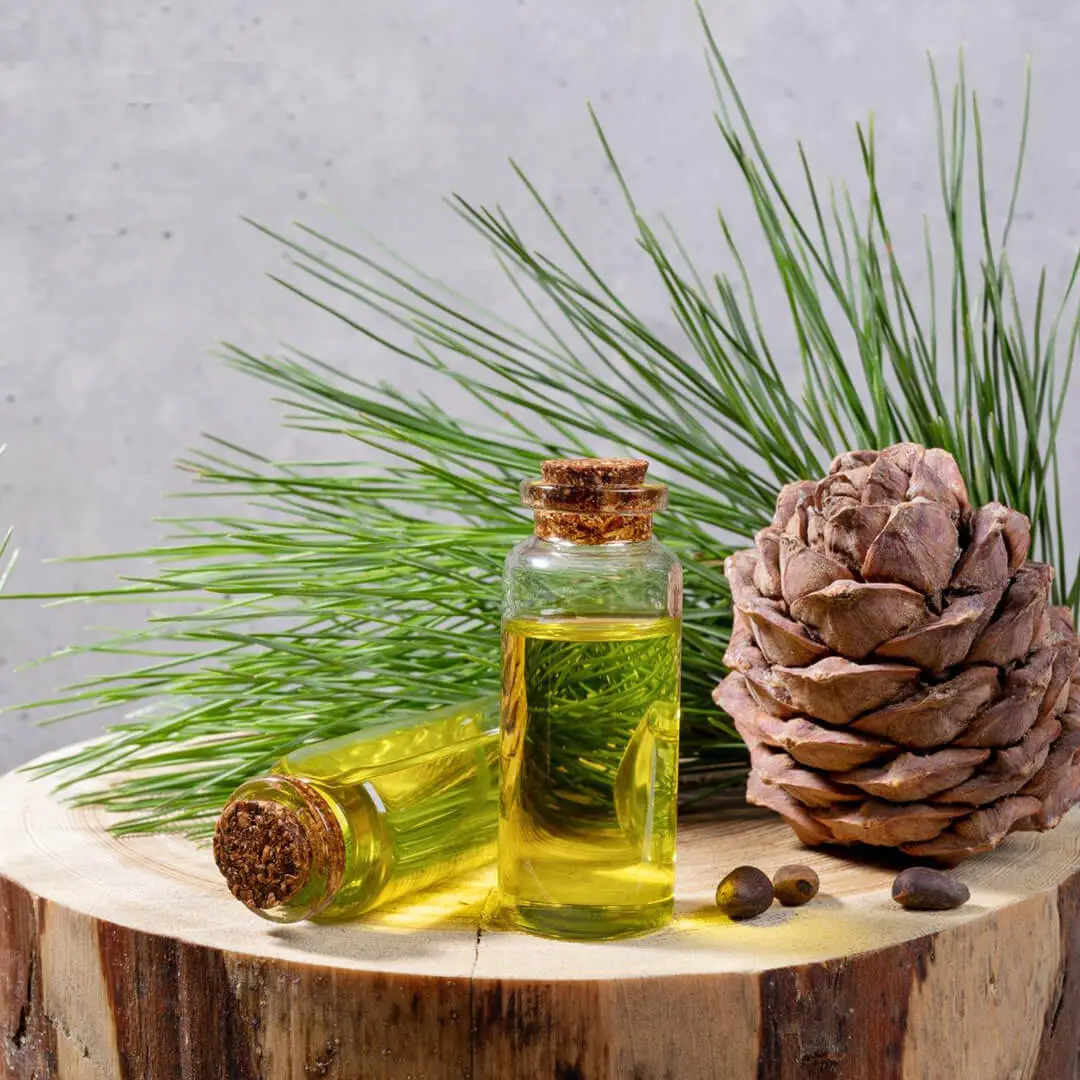Essential Oils
Essential oils are pure and natural, plant-derived compounds that capture the very essence and fragrance of the plants they are obtained from. These oils are extracted through careful processes such as steam or water distillation or mechanical methods like cold pressing. Once the aromatic complexes are obtained, they are blended with a Carrier oil to create a finished product ready for use. The extraction method plays a crucial role because Essential oils produced through chemical means are not considered authentic and may lose their beneficial properties. Sourcing from a trusted Essential Oils Bulk Manufacturers is important to ensure the oil’s purity and effectiveness. These oils are commonly used in aromatherapy, where they are inhaled or applied topically to interact with the body’s systems.
Aromatherapy utilizes the healing properties of Essential Oils Wholesalers, helping with stress reduction, relaxation, and overall emotional balance. However, it’s important to remember that Essential oils should not be ingested, as they are highly concentrated and could cause harm if consumed. For larger scale use, it’s recommended to work with a reliable Essential Oils Bulk Suppliers to ensure high-quality oils. Buying from Essential Oils Wholesale Suppliers distributors can also offer cost-effective solutions for businesses looking to maintain both quality and quantity in their product offerings.
Types of Essential Oils
Bergamot Oil
Bois-De-Rose Oil
Cajeput Oil
Calamus Seed Oil
Cedarwood Oil
Chamomile Oil
Citronella Oil
Clary Sage Oil
Eucalyptus Oil
Frankincense Oil
Geranium Oil
Grapefruit Oil
HolyBasil Oil
Juniper Oil
Lavender Oil
Lemon Oil
Lemongrass Oil
Lime Oil
Mandarin Oil
Marjoram Oil
Myrtle Oil
Neroli Oil
Niaouli Oil
Orange Oil
Palmarosa Oil
Peppermint Oil
Petitgrain Oil
Rosemary Oil
Sage Oil
Spearmint Oil
Sweet Basil Oil
Tagetes Oil
Valerian Oil
Verbena Oil
Wintergreen Oil
Ylang Ylang Oil
Global Bulk Manufacturer & Supplier of Natural & Pure Products
International Renowned Exporters of Essential Oils & Carrier Oils. Serving clients in:
